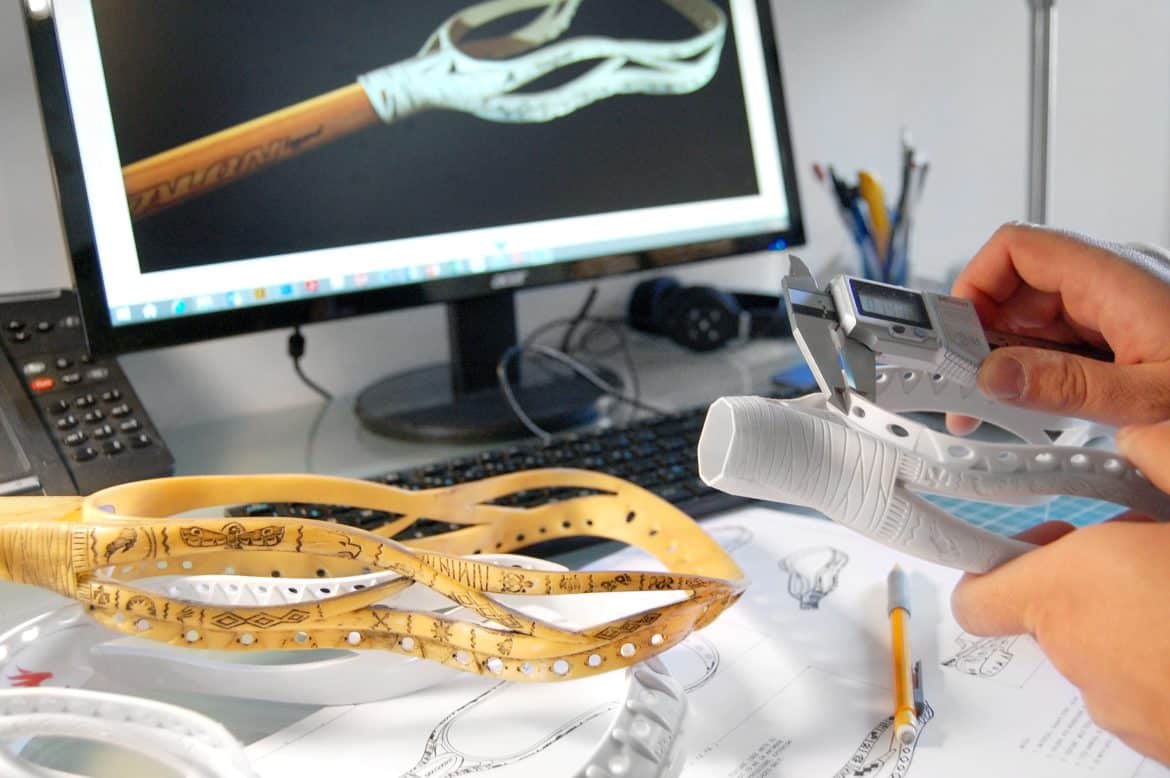SELECT THE WORDS & LEVEL
Industrial designers are the people who bring products to life. They understand how a product will be used and its purpose. They have the skills to turn those concepts into reality through industrial design. Industrial designers work on every product imaginable, from electronics to buildings, cars, toys, and even food containers.
Who are industrial designers?
The role of an industrial designer is two-fold. First, they develop concepts that have the potential to be manufactured. Second, they help determine what materials can be used in manufacturing processes and how those processes will impact the final product’s quality and cost.
Industrial designers are part of multidisciplinary teams and work closely with engineers and marketing experts.
They collaborate on the initial stages of product development by researching, sketching concepts and creating prototypes that are tested with consumers to assess their appeal.
It gives industrial designers a unique perspective on the customer’s needs.
What is industrial design?
Industrial design is about much more than just aesthetics. Its scope encompasses several disciplines and concerns, including form (how something looks), function (what something does), ergonomics (how well an object fits in hand or how easy it is to use), usability (how intuitively an object functions) and manufacturing processes.
Furthermore, industrial designers must consider cost when developing new products because this can help determine whether your product will be viable in the marketplace.
A product’s design must be able to meet the needs of its end users – and those needs can change over time. The manufacturer wants an assembly process that is as efficient and cost-effective as possible; distributors want products that are easy to move around; retailers need products that they can display easily on store shelves without breaking or falling over. An experienced industrial designer will ensure these needs are met by designing something flexible enough to accommodate slight changes in requirements without compromising integrity and longevity.
What is a good industrial design?
Good industrial design encompasses ergonomics, usability, standard manufacturing practices and more.
Ergonomics is the science of designing products and workstations to fit the human body. A good example is how many modern cars are designed with cup holders in front of the driver’s seat for easy access during long drives.
Usability deals with making a product easy to use and understand by its intended users (i.e., customers). It includes things like ease of operation, intuitiveness and clarity of instructions/displays/controls etc., whether or not it’s intuitively obvious what function each button performs without having to look at a manual first!
The role of an industrial engineer
The industrial designer will consider the materials and processes applied to manufacture the product. These are equally important aspects of designing a new product, as it must be durable, functional and good-looking. The best designers know how to balance these three factors when designing new products.
A good industrial designer will consider a product from every possible angle. It means that they’ll include in their design process all of the stakeholders involved with a product’s life cycle, from the moment it’s conceived to when it reaches the end user.
The industrial designer’s job is to decide what materials are most suitable for creating your desired product. They’ll also have to find ways to manufacture your product so it has certain features that aren’t affected by its material composition (e.g., lighting fixtures).
Skills needed for industrial designers
While it may seem evident that industrial designers must have excellent visual communication skills, it is essential to note that this is a vital part of the design process. The ability to communicate ideas clearly and effectively with sketches, drawings and models is an essential skill for any industrial designer. They must be able to convey their ideas on paper or computer screens to help clients understand them and make decisions about specific features of a product.
Visual communication plays an essential role at every stage of the design process because it helps ensure clarity throughout all phases of product development.
Manufacturing processes are often hidden from the view of consumers, but they determine all aspects of a product’s life, including its cost, quality, and maintenance requirements.
Industrial designers take a holistic approach to product development. They consider the product from all angles, from its aesthetics and form to how it will be manufactured and used. Industrial designers must also understand how the product will be maintained, which is often forgotten in the design process but becomes very important when companies try to predict how long a product will last.
Industrial design is a broad discipline that encompasses many areas of product development. It’s not just about making something look good—it’s also about taking into account all the other factors that make a product successful: manufacturing processes, materials, ergonomics and usability, visual communication skills, and more. An industrial designer must communicate effectively with all these stakeholders to create a great product.




